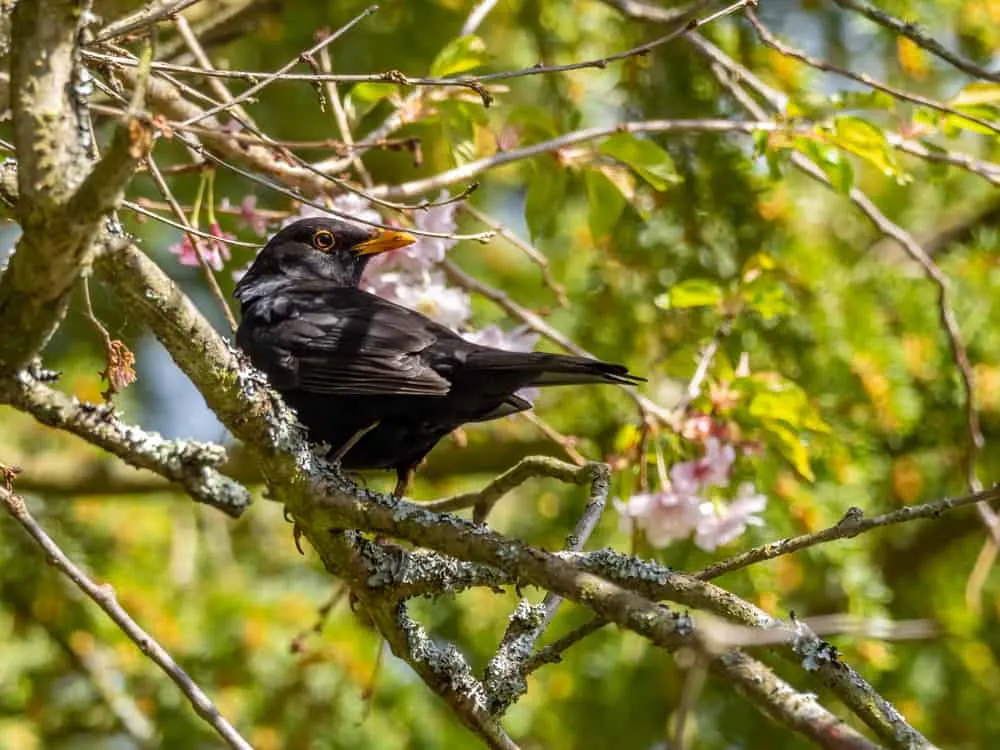
There are so many things to consider when growing your tomatoes. From diseases like early blight and Septoria leaf spot to a plethora of pests, including dreaded aphids – the potential concerns may seem endless.
What many gardeners might not consider are birds – often welcome guests in most gardens.
For one, they’re great at ridding your tomatoes of many of those awful pests. But, they can quickly become a tomato gardener’s worst nightmare. Birds often find those carefully cared for tomato fruits far too tempting to nibble on, leaving you with half-eaten and worthless tomatoes.
Luckily, there are ways to keep birds from feasting on your tomatoes before you get a chance to pick them. Whether you want to keep birds out of your garden completely, or simply protect your tomatoes, there is a solution for you.
1. Cages
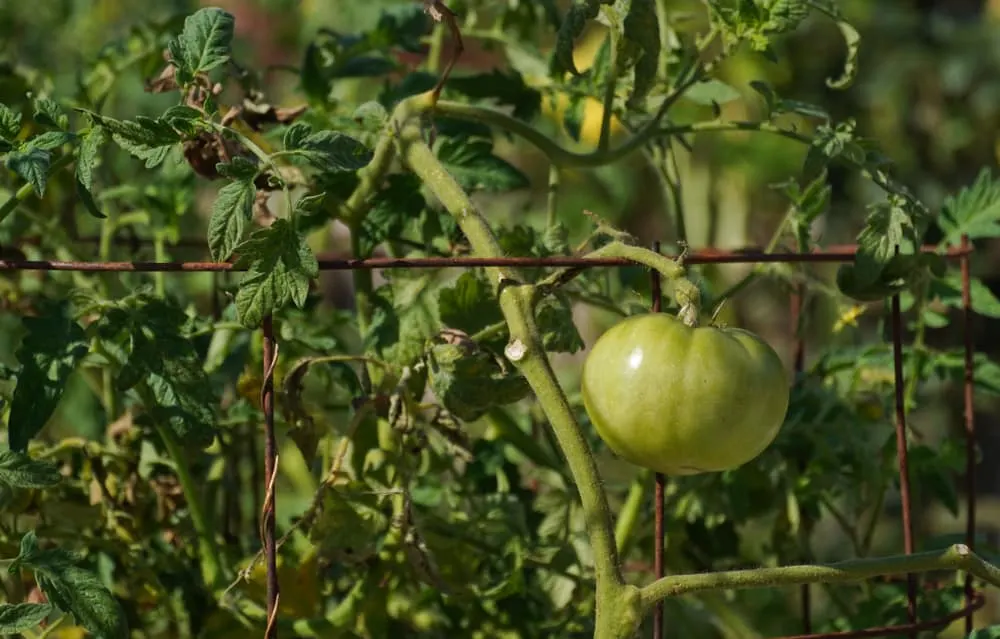
Caging tomatoes isn’t a foreign concept when growing tomatoes, especially for shorter, shrubbier, determinate varieties. Cages provide support for tomatoes, allowing them to grow upright and preventing them from sprawling across your garden. Your tomatoes will also be protected from sunscald and other diseases if caged correctly.
Even better, cages may protect your delicious tomatoes from birds and other hungry pests. The bars of tomato cages create a barrier that stops some birds from reaching your precious tomatoes. Cages also keep the plant contained and bushy, hiding some of the tomatoes from prying eyes up above.
Unfortunately, this trick only keeps large birds at bay. As tomato cages have gaps large enough to fit your hand through for harvesting, they also have gaps large enough for small birds to sneak through. However, you can modify the existing cage to make it completely birdproof with one simple trick…
2. Bird Netting
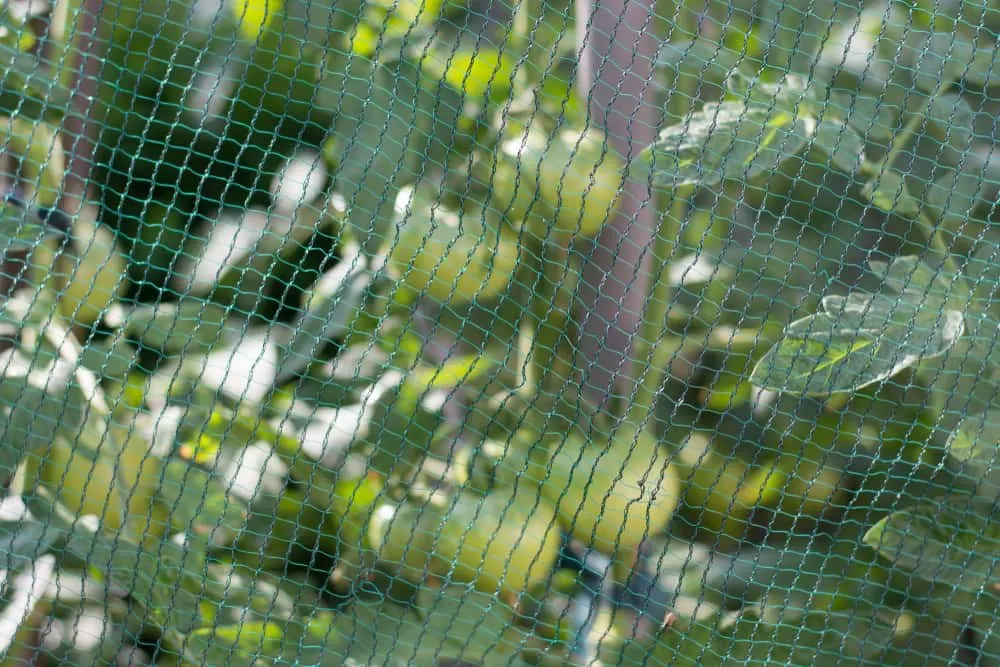
Bird netting is the perfect option for those with cages plagued by small birds. It’s the go-to solution for protecting your tomatoes, easily draping over your tomato plants, and keeping them safe. Or, you can simply wrap the netting around your tomato cages for worry-free protection.
Indeterminate tomato growers who have staked their plants can also use bird netting. Simply support the netting with a stake structure built around the plant. Your bird netting can then be draped and secured over and around the stakes, protecting your plants from birds from every angle.
Bird netting is lightweight and camouflages the foliage of tomato plants, so you won’t be faced with an eye-sore. It blends in so well that birds often don’t see it when swooping in to grab a bite to eat. When they come into contact with the netting, they often get frightened and fly off.
Bird netting is a simple purchase, found online or at your local nursery, that provides the best protection for your tomatoes.
3. Row Covers
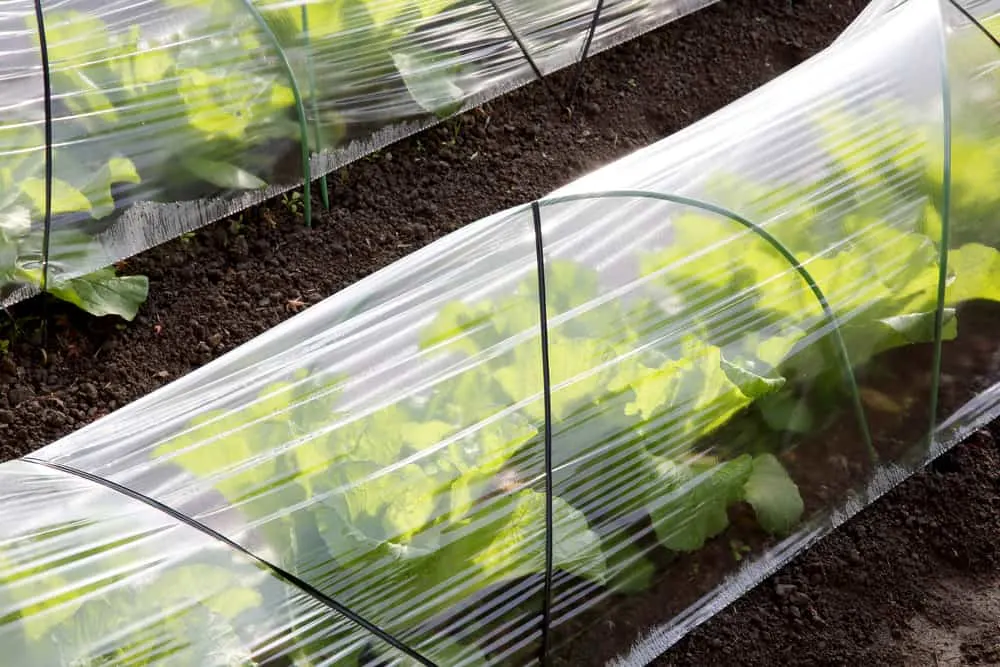
Row covers, like cages, are common in many tomato gardens. They are also one of the most versatile forms of protection for your tomato plants.
Row covers protect tomatoes from the elements – most importantly wind and excessive temperatures. They also keep pesky insects off your plants, ultimately preventing the spread of diseases. Even better, it stops your plants and soil from overheating and can act as an artificial shade for gardeners who may live in hot climates.
What about the birds you may ask? Well, just like the bird netting, row cover material acts as a physical barrier for birds. It can easily be wrapped around pre-existing cages too. Or you can opt for building your own floating row covers, giving you ultimate protection from almost everything you may be worried about when growing tomatoes.
4. Birdbaths
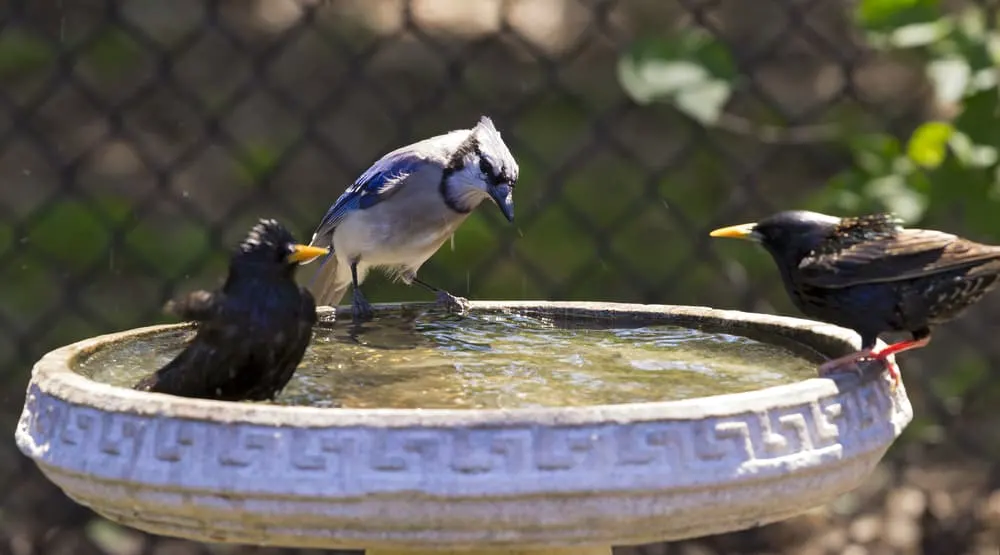
While they may seem like a pest when devouring your tomatoes, birds do lots of good in our gardens. Giving them their own space, rather than keeping them out of your garden altogether, is far better for your plants and for the environment as a whole.
Rather keep them from snacking on your fruits by providing them with some sort of water source so they don’t use your juicy tomatoes to quench their thirst. Hanging water feeders or even a birdbath is enough to draw birds away from your tomatoes.
If buying an elaborate concrete piece is not your style, you can always make your own water source by repurposing a plastic bottle and saucer. All you’ll need extra is some wire, a piece of wood, and a few tools.
Simply attach the water bottle lid to the saucer with glue or a screw. Next, glue the saucer and lid onto your piece of wood. Secure the wire to the base of the water bottle and create a loop so you can hang your nifty new water feeder. You’ll want to drill small holes in the neck of the bottle so water can drip from the bottle. Now you can fill your bottle with some freshwater, screw the lid on, and there you go.
A simple floating birdbath is an easier DIY project for those looking for a quick and easy water source fix. All you need is some sort of round container and a small, spiral tomato cage. Fill your container with water, place it on the cage, and viola! A simple water source to keep birds coming to your garden, but away from your tomatoes.
5. Bird Feeders
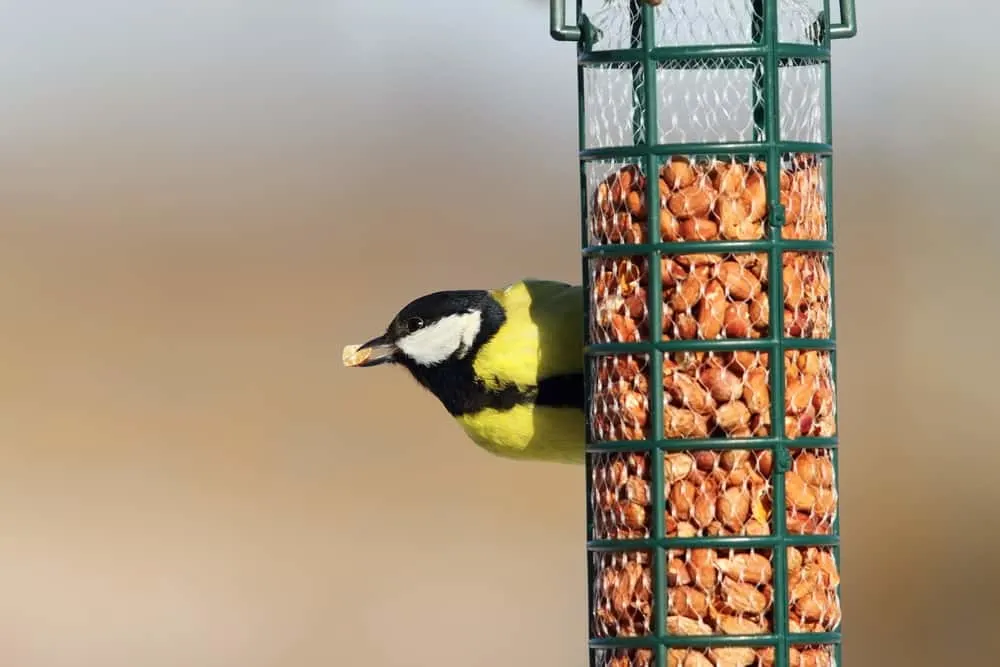
Birds are easily distracted and can be swayed away from your tomatoes by simply providing another food source. You can throw some wild bird seed around your garden (away from your tomatoes, of course). Or you can opt to have seeds, some corn, or another type of bird feed in a bird feeder.
Having a sacrificial garden, or planting sacrificial plants is another option. Sunflowers and berry bushes will definitely keep birds snacked up and away from your tomatoes. Keep them interested by placing your birdbath or any other water source, along with birdhouses, close to these crops.
6. Scarecrow
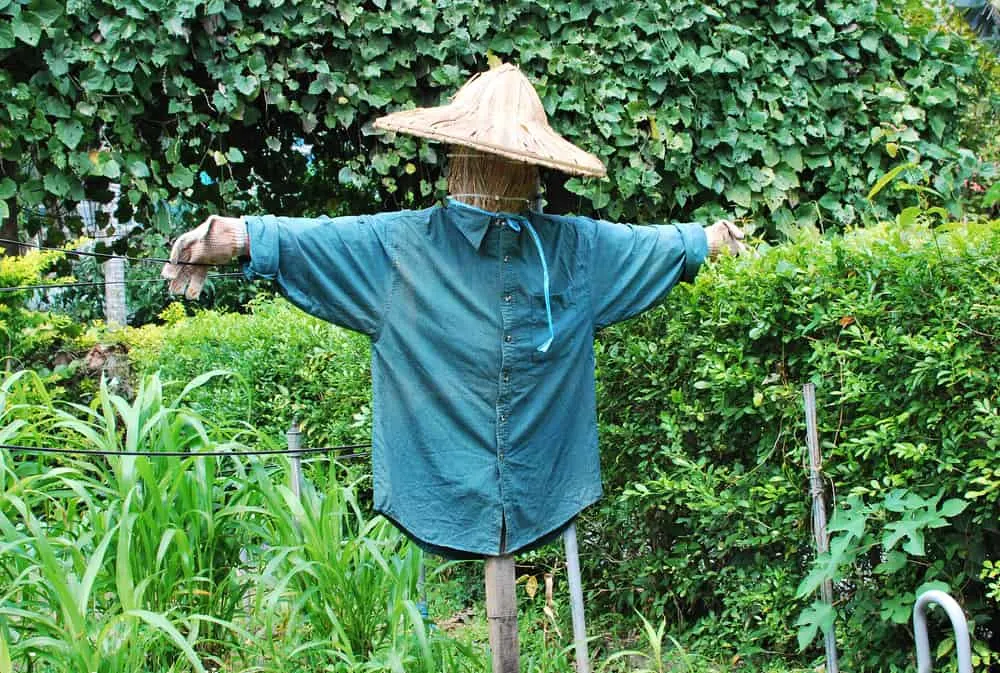
Birds are easily frightened. A sure-fire way of keeping them off your tomatoes is by adding a good ol’ scarecrow.
They’re most effective if you move them around and change their position every few days. Colorful clothes may increase the fear factor. Some say that red and yellow are the best colors to scare off birds – great complementary colors for your tomato garden.
7. Shiny Things
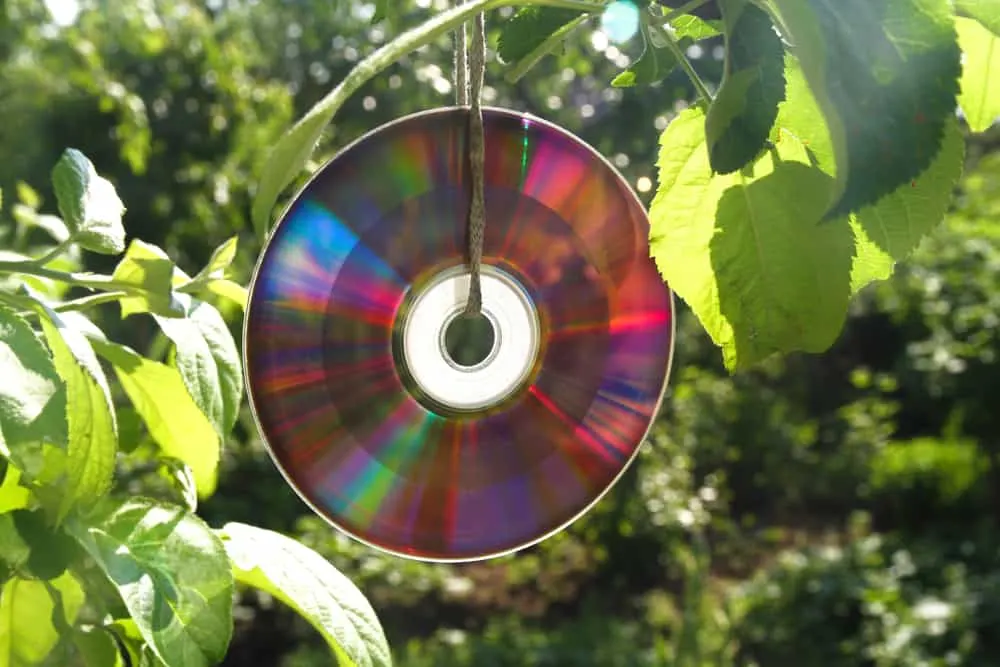
You can spruce up your scarecrow by dangling some old CDs or reflector tape off it. But if you’re not one for having old-fashioned garish decor in your garden, we don’t blame you. Simply hanging some reflective objects nearby should be enough to deter birds from your tomato crops.
CDs, reflector tape, or even used reflectors from that rusty old bike in the shed will do. Hang them in a spot not protected from wind, allowing them to move and shine off reflections from the sun.
8. Fake Predators
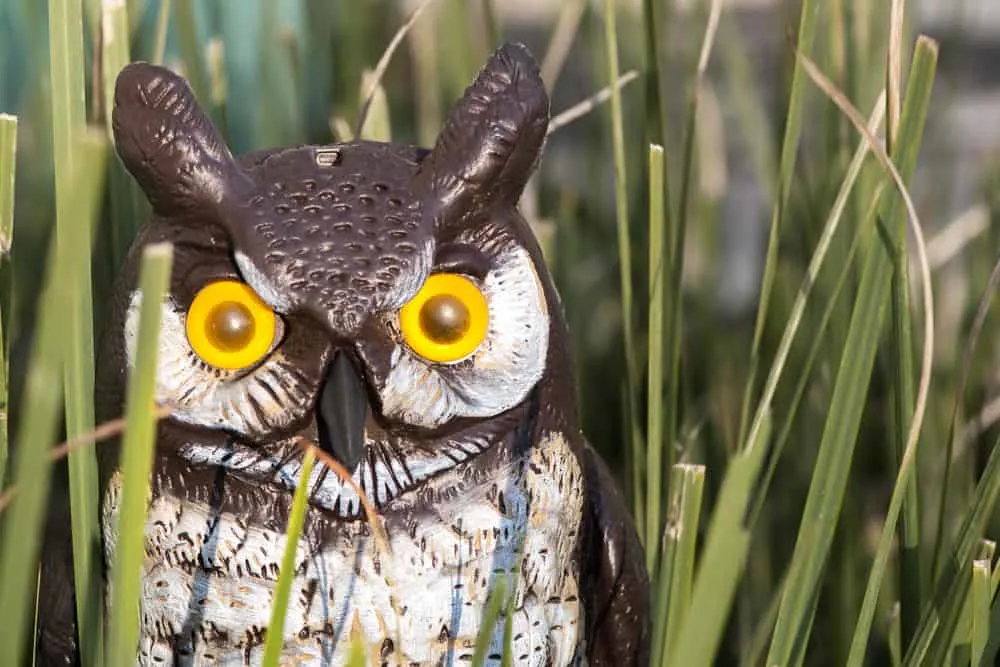
This one is for the flamingo decorators out there. Fake predators, like rubber snakes, will do the trick. Sometimes you may need plastic predatory birds. You can mount fake owls or falcons near your tomatoes, scaring hungry birds away.
Like having a scarecrow in your garden, you’ll want to move your predators around occasionally.
You can also purchase automated fake predators to take the task of moving them around out of your hands. Many of these move and make a noise every so often, scaring off any bird that may linger too long.
9. Windchimes
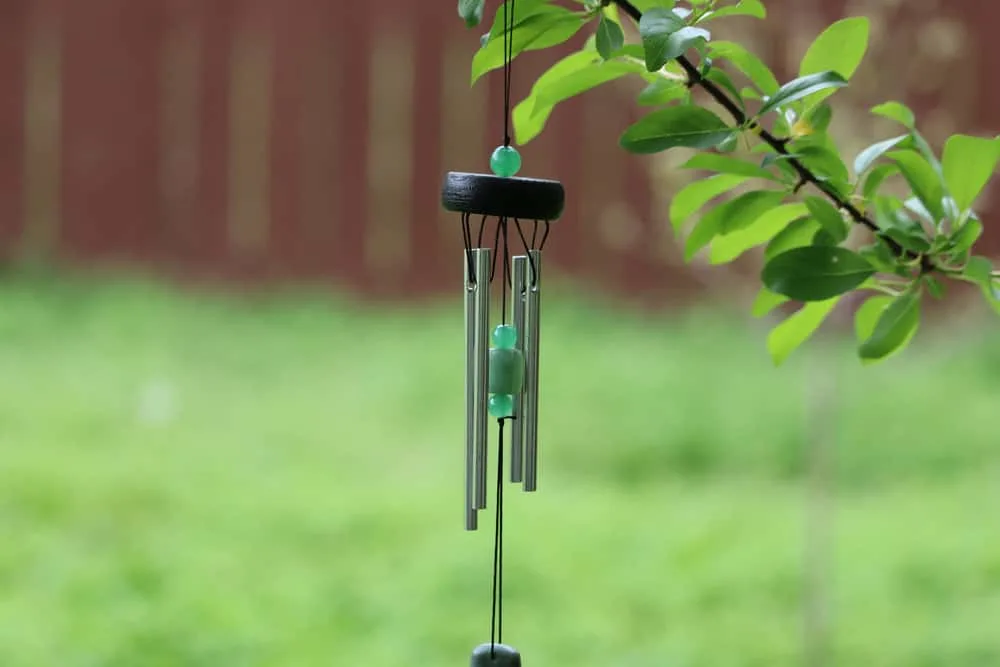
Noisy plastic owls and falcons can cause the occasional headache. If you’re a bigger fan of soothing sounds, then windchimes can work for you. They’ll calm you while shooing away any nearby birds. Windchimes also move around in the wind, creating even more of a deterrence.
For a better effect, you can hang your chimes with your reflective tape and CDs. Or, you can add them to your scarecrow, doubling the scariness.
10. Ripen off The Vine
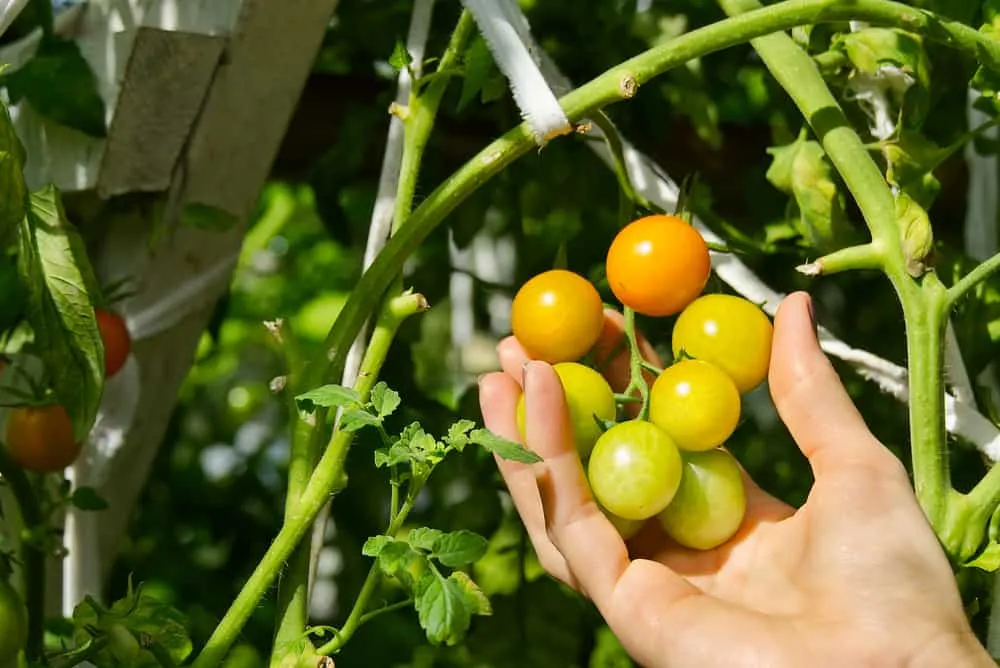
Sometimes we want to err on the side of caution, even if we’ve done everything in our power to keep birds away from our delicious tomatoes. Picking your tomatoes early may very well be the best way to keep them as snacks for just you.
Ripening off the vine is common practice for many home gardeners. Some even suggest it leads to better-tasting tomatoes. Tomatoes can happily ripen off the vine once they start to change color, from green to pinkish-red. Harvest them and store them away from direct sunlight to speed up the ripening process.
Birds love snacking on the fleshy tomatoes fruits. By harvesting them a little early, you could save them from being eaten.
Birds truly are wonderful animals, necessary in all gardens. But sometimes their habits of munching on tomatoes can make us want to pull our hair out. These 10 methods are sure to keep hungry birds away from your tomatoes. Whether it’s dancing, screeching owls or simple row covers, your tomatoes will be saved for your salads and sauces.
